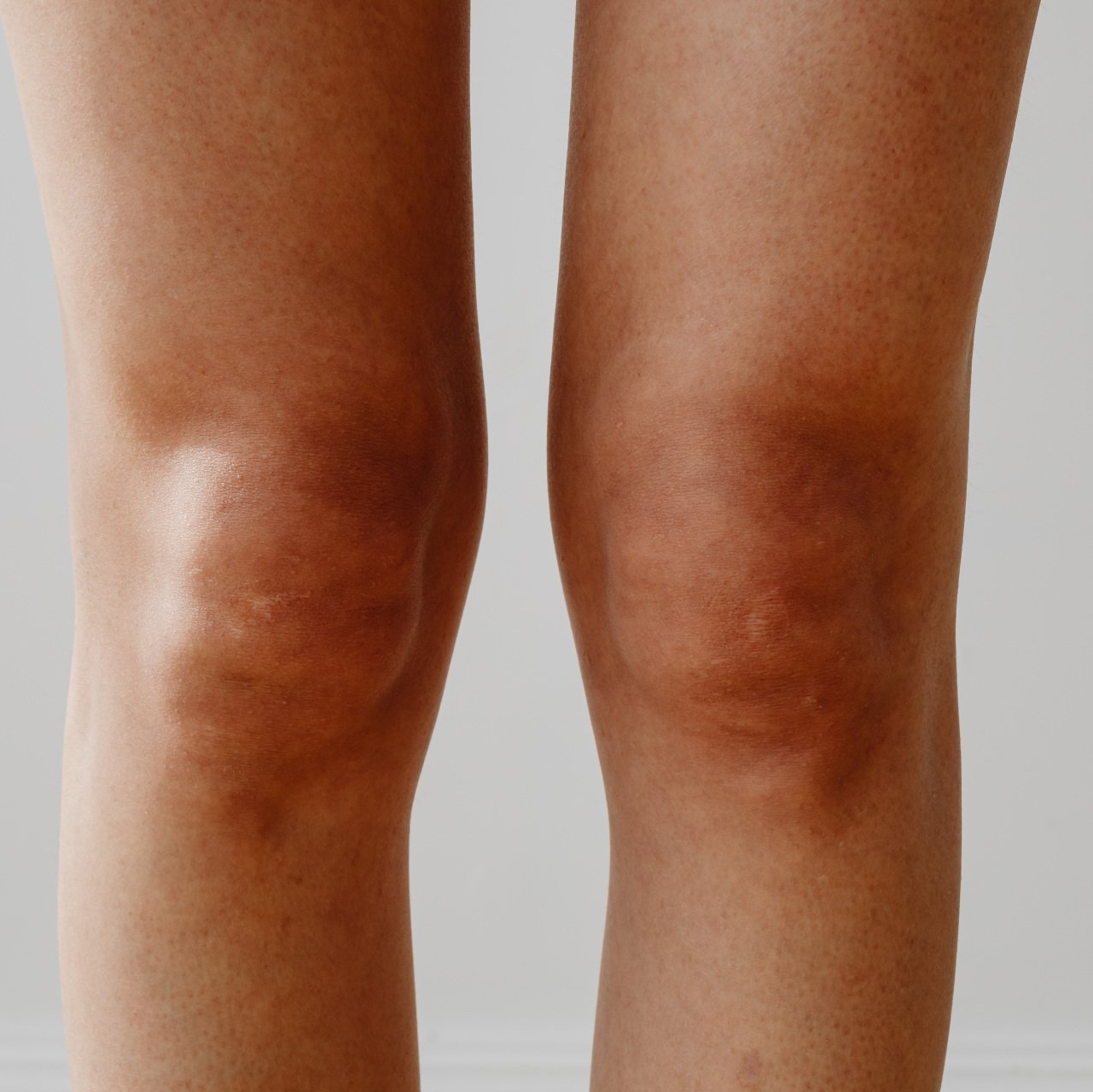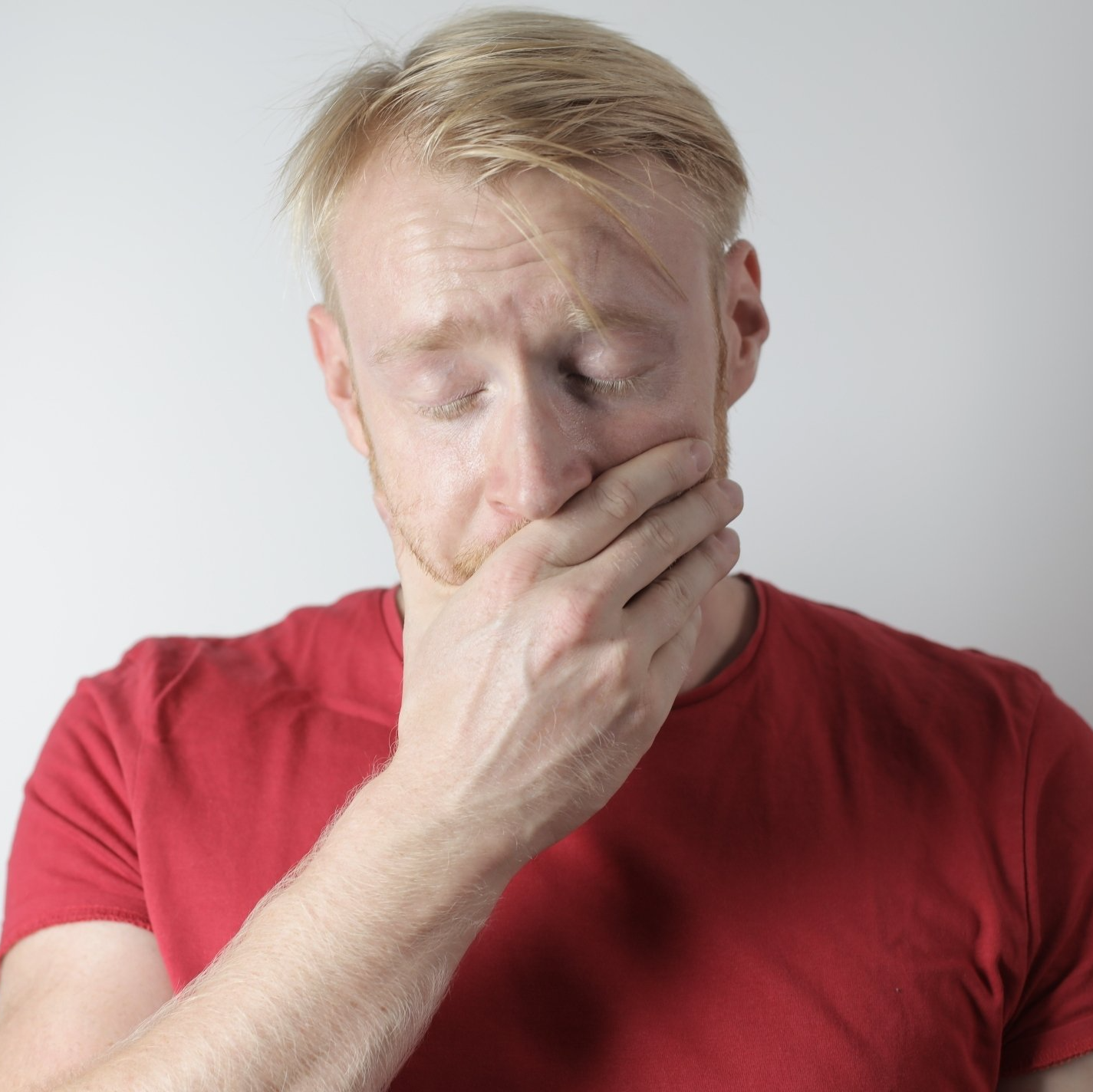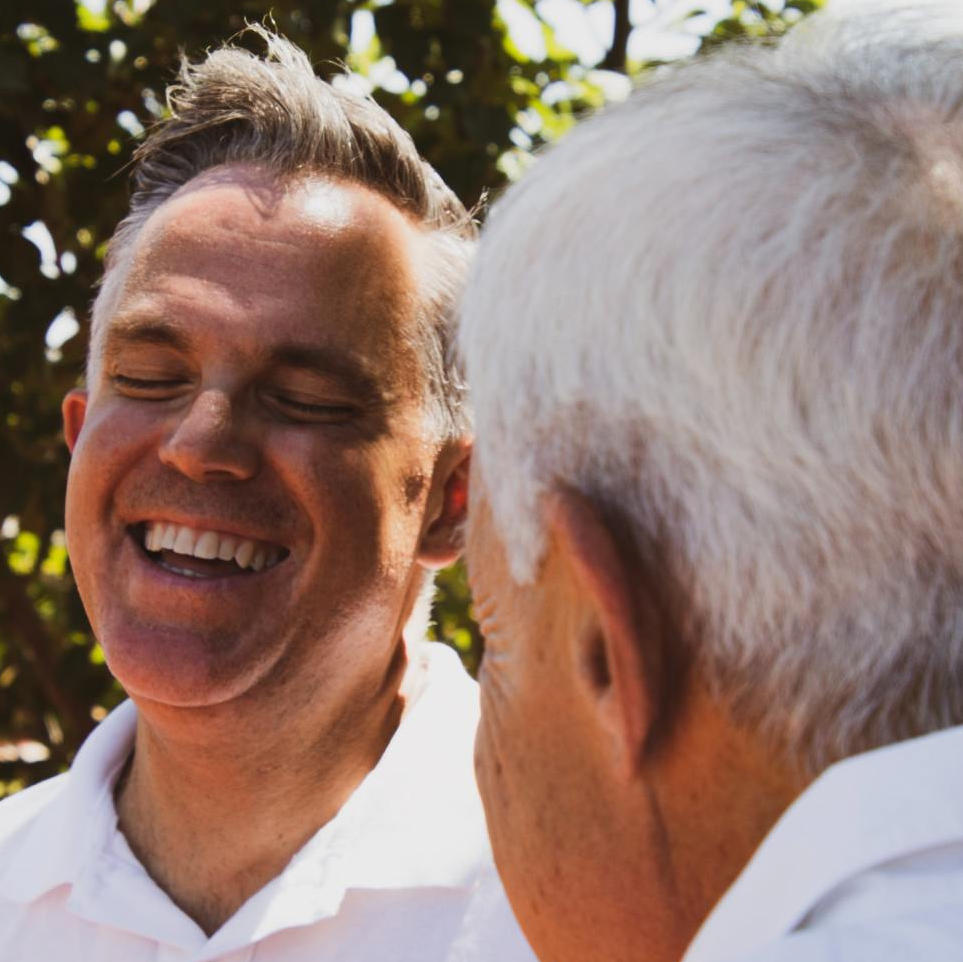Blog
Living in the Age of Overwhelm
Although we like to think of ourselves as logical, rational beings, the truth is that we are extremely emotional.
For evidence, look no further than the old truism about not talking about sex, politics or religion. These are VERY emotionally charged subjects and topics of conversation commonly avoided for exactly that reason.
The 24/7 frenzy surrounding the Trump presidency has been a recent and memorable example of emotions run amok. I have seen friendships and families torn to shreds over political opinion. When emotions run this hot, health, both emotional and physical, can suffer.
Don’t get me wrong, there is nothing wrong with being emotional. We ARE emotional beings, and we need emotions. However, sometimes emotions can hog the driver’s seat for an excessive amount of time, leaving little space for rational thought, and when that happens the door is wide open for the arrival of OVERWHELM.
In the past year COVID-19 has brought us social isolation, fear of infection, and for many, financial hardship. Whether or not already feeling anxiety surrounding recent events, public or personal, COVID has pushed many into overwhelm.
Look in any thesaurus, and the synonyms for overwhelm are pretty awful: overpower, subdue, oppress, engulf, swallow, submerge, bury, suffocate.
Ugh...
To anyone who has experienced overwhelm, and that’s plenty of us, those words may be all too familiar. Whether the overwhelm is sudden or cumulative, chronic or acute, the feeling is one of powerlessness.
During those times, everything feels too big. It’s not just everyday busyness and packed schedules. When we’re overwhelmed, making dinner becomes a monumental effort. Better order takeout. Bills, housework? Forget it. Tasks that used to take only 10 or 15 minutes now seem utterly impossible. There seems to be no time for anything. So, we do nothing.
Worse, we have no faith that this, too, shall pass. We seem hopelessly mired in the quicksand of “too much.” We keep trying to will our way out of the quicksand with a will that just wants to lie down.
We live in a very overwhelming time—much more so than in decades past, says Jan Boddie, Ph.D., a California therapist who trains individuals and consults with businesses on the topic.
Things are speeding up. Technology’s well-touted time saving seems to have yielded less leisure time, not more. Companies are demanding longer work hours. Many adults are sandwiched between the needs of older and younger generations.
“We have really lost connection, not just with nature, but with our own true human nature,” Boddie says. “We’re sidetracked. Our lives are in such fast forward that we don’t even recognize we might need help until we’re drowning.”
Part of the problem is the cultural belief system in place, one that overrates doing and achievement and underrates quality of experience and connection with values.
In that cultural mindset, it’s not uncommon for a friend or a magazine article, with all good intention, to suggest the “Nike solution”:
- Just do it. Make priorities.
- Choose three things and accomplish them quickly.
- Go through the mail as soon as it arrives.
- Do a “brain dump” and create a huge to-do list with everything that you can think of on it.
- Now get started!
Not bad suggestions necessarily but overcoming overwhelm isn’t really about measuring accomplishment. It’s about connecting with what has meaning for us, with what feeds and enlivens us.
“Putting on a whole new sense of doing-ness is overwhelming,” Boddie says. “It creates a future-based state of mind that never ends because there will always be more to do. Being in relationship with what has meaning is fulfilling in the here and now. Feeling connected then connects us to the natural fuel for getting things done.”
Thus, when we come into alignment with our values and needs, we find the inner resources and spaciousness needed to get on with life.
First, however, we need to identify our individual symptoms and triggers for overwhelm.
Our symptoms can be physical (e.g., nail biting, lethargy, neck or back ache); psychological (forgetful, rude, defensive); social (poor hygiene, inadequate boundaries); or spiritual (loss of sense of purpose, unsure of what’s important).
Triggers are just as individual: a deadline, a certain tone of voice, change.
Noticing these symptoms and triggers is like setting off the two-minute warning buzzer: time for intervention techniques. And after we’ve come back to ourselves, it’s time for prevention techniques, such as adequate rest, nutrition, exercise and, as always, connection to purpose.
“The focus that matters is in your heart,” Boddie says. “Connect with yourself and then that self can do the tasks.”
The Alignment First Protocol is currently being used by people all over the world to stay true to themselves; a daily, personal practice of self-care and self-love that not only solves common physical pain problems, but also gives you the healthy opportunity to reconnect with YOU.
If you’re struggling, please reach out. We’re here for you. If we’re not able to help you solve your current challenges, we promise to help you find someone who can.
Yours in health,
Geoff Dakin










